How To Groom A Dog? The Ultimate Guide

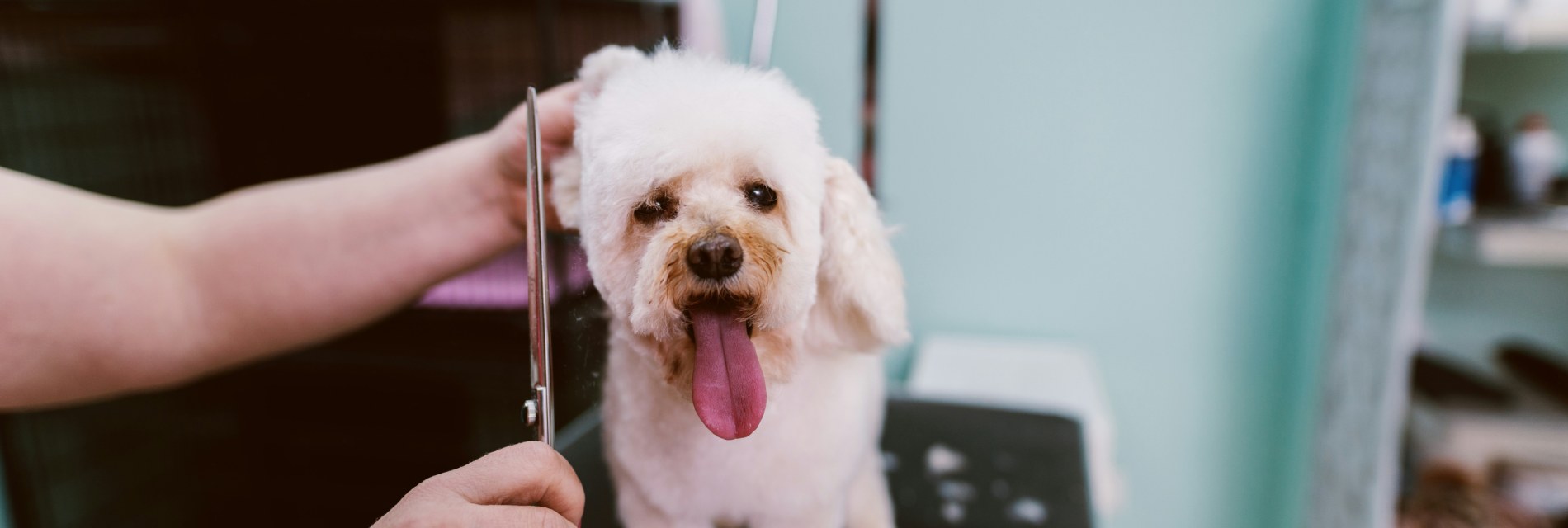
A well-groomed dog is a healthy dog. Regular grooming not only keeps your furry companion looking sharp, but it also plays a vital role in their overall health and well-being. However, the cost of grooming a dog by a professional can be anywhere between INR 1000 to INR 2000 and more. The exact cost can depend on a lot of factors, such as the dog’s size, breed, and the condition of their coat.
The cost can be quite substantial for some people. But there is only one way to bypass this cost – grooming one’s dog at home. It may take some time (anywhere between 1-3 hours) and effort on your part, but you will be able to save a significant amount of money.
But if you never groomed your dog at home before, you may feel overwhelmed. But not to worry. We are here to help if you want to know how do you groom a dog. This ultimate guide on how to groom a dog at home will equip you with the knowledge and skills to groom your dog like a pro, from brushing and bathing to nail trimming and ear cleaning. You will learn about the basic tools you need to groom your dog at home. So, let’s start!
Part 1: Gathering The Required Grooming Tools

The first step to how to groom dog at home is to gather all the necessary supplies. These include brush, comb, nail clippers, shampoo, ear cleaning solution, and towels. It is essential to choose products that are specifically designed for dogs and not use human products, as they can be harsh and harmful to their skin. Here are some essential tools commonly used in dog grooming:
Dog Brushes And Combs
These are two of the most basic grooming tools that all dog owners should have. Different breeds and coat types require different brushes and combs. Slicker brushes, bristle brushes, pin brushes, and undercoat rakes are some common options available. Combs with different tooth spacing help detangle and remove loose hair.
Dog Clippers
Clippers are necessary for trimming or shaving a dog’s hair. There are different types available, such as electric clippers and manual clippers. If you are just learning how to groom dogs, then make sure to use clippers designed specifically for dogs, as human clippers may not be suitable.
Grooming Scissors
Scissors are useful for trimming hair in delicate areas or for precise shaping. Get a pair of blunt-tipped scissors for safety. Thinning shears can also help blend and remove bulk from the coat.
Nail Clippers Or Grinder
If you are here to know about how to groom my dog, then note that trimming a dog’s nails is important for their comfort and health. You can use either nail clippers designed for dogs or a nail grinder to gradually shorten the nails.
Dog Shampoo And Conditioner
Choose a high-quality, dog-specific shampoo and conditioner that suits your dog’s skin and coat type. Some dogs may require specialized shampoos for conditions like dry skin or allergies.
Towels And Drying Equipment
Absorbent towels are essential for drying your dog after bathing. Additionally, you may want to invest in a blow dryer designed for dogs to speed up the drying process.
Ear Cleaning Solution
Dogs with floppy or hairy ears are prone to ear infections, so using a vet-approved ear-cleaning solution and cotton balls can help keep their ears clean and healthy.
Toothbrush And Toothpaste
Regular dental care is important for a dog’s oral hygiene. Use a dog toothbrush and toothpaste to brush their teeth, as human toothpaste can be harmful to them.
Styptic Powder
If your dog moves a lot, then accidental nail cuts are probably a regular occurrence at your home during trimming. Styptic powder helps stop bleeding by promoting blood clotting. This antiseptic clotting agent will be a useful addition to your grooming kit.
Grooming Table Or Non-slip Mat
Having a sturdy grooming table or a non-slip mat provides a safe and secure surface for grooming, especially when working on larger dogs.
Remember, grooming needs may vary depending on your dog’s breed, coat type, and individual requirements. It’s always a good idea to consult with a professional groomer or your veterinarian for specific guidance tailored to your dog’s needs.
Part 2: Set Up A Grooming Routine For Dogs

Now that you have familiarised yourself with all the essential grooming tools for dogs, the next step is to introduce your dog to the grooming process. For puppies, it is crucial to start grooming as early as possible so they get used to it.
Older dogs who are not accustomed to a regular grooming routine may take some time and patience. But with positive reinforcement and treats, they can learn to enjoy it. Grooming should be a positive experience for your dog, so always use a calm and soothing tone while handling them.
Step 1: Brush Your Dog’s Coat
Brushing your dog’s coat is the first and most crucial step in grooming. Always brush out your dog’s coat thoroughly before bathing them. It helps remove any dirt, debris, and dead and loose hair from their fur and will make your dog feel more comfortable during bathtime. Moreover, brushing your dog’s fur will also enable you to locate and untangle any mats and knots in their coat. Generally, water can cause more knots and tangles. Hence, removing them during bathtime can be quite painful for your dog.
But before bathtime is not the only time you should brush your dog’s coat. In general, regardless of your dog’s coat type, you should brush them once a week. During the shedding period, you should brush them twice a week. It will help in distributing natural oils throughout their coat, keeping it healthy and shiny.
Remember that different breeds of dogs have different coat types, and it is essential to use the right brush for your dog’s specific coat. For example, a slicker brush is ideal for long-haired dogs such as Afghan Hound, while a bristle brush works best for short-haired breeds.
Brushing is also an excellent opportunity to check for any skin issues such as rashes, lumps, or parasites. If you notice any abnormalities, it is advisable to consult a veterinarian for proper treatment.
Step 2: Bathing Your Dog
Bathing your dog is also a crucial part of grooming. The frequency of baths depends on your dog’s breed, coat type, and lifestyle. Generally, dogs with longer and thicker coats require more frequent baths to prevent matting, which should be four to six weeks.
However, overbathing can strip their coat of essential oils, causing their skin to dry out. It is best to consult with your veterinarian or groomer to determine the ideal bathing frequency for your dog.
When giving your dog a bath, make sure to use lukewarm water and a dog-specific shampoo. Human shampoos can be harsh and cause skin irritation. It is essential to thoroughly rinse off all the shampoo to prevent any residue from causing skin irritation or itchiness.
Step 3: Drying Your Dog
After the bath, thoroughly towel dry your dog to remove the extra water from your dog’s coat. Then, use a hairdryer on a low setting to ensure that their coat is completely dry. Wet fur can lead to skin infections and a damp, musty smell.
Step 4: Clean And Trim Your Dog’s Facial Hair
Along with giving them a bath, it is also important to clean and trim your dog’s face. Use a damp cloth to gently wipe their face and clean any food or tear stains. For dogs with long hair, it is essential to trim the hair around their eyes to prevent any eye irritation. You can use scissors or a trimmer specifically designed for dogs to carefully trim the hair.
Step 5: Cut Your Dog’s nails
Next, it is time to tackle your dog’s nails. Long nails can be uncomfortable for dogs and can even cause them pain while walking. Regular nail trimming is essential to keep their paws healthy and prevent any injuries. If you are unsure about how to trim your dog’s nails, it is best to seek guidance from a professional groomer or your veterinarian.
Step 6: Clean Your Dog’s Ears
Another crucial aspect of grooming is cleaning your dog’s ears. Dogs with floppy ears are more prone to ear infections as their ears trap moisture and wax, creating a perfect environment for bacteria to grow. Use a cotton ball and an ear-cleaning solution to gently clean the outer part of their ears. If you notice any discharge, redness, or strong odor, it might be a sign of an infection, and you should seek advice from your veterinarian.
Step 7: Brush Your Dog’s Teeth
Brushing your dog’s teeth should also be a part of their grooming routine. It will help prevent bad breath, tooth decay, and gum disease. Make sure to use dog toothpaste and a soft-bristled toothbrush. It is essential because some human toothpaste contains ingredients like xylitol, which can upset your dog’s stomach.
But if your dog is not used to it, gently introduce your dog to the routine. Begin by gently lifting their lips and massaging their gums with your finger. Then, let them lick a small amount of toothpaste from your finger. This will help them get used to the flavor. Also, have shorter brushing sessions at the start and then work up to longer hours.
Importance of Grooming A Dog
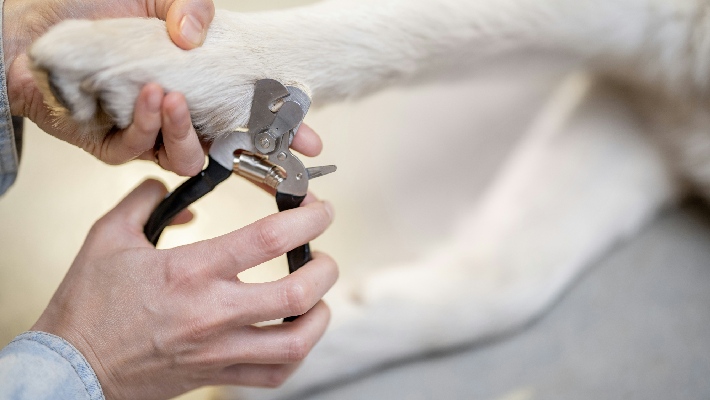
Grooming is an essential aspect of caring for a dog. Not only does it keep them looking and smelling good, but it also plays a vital role in their overall health and well-being. Grooming, specifically brushing, helps in maintaining skin and coat health by removing dirt, debris, and dead hair. It also helps in controlling shedding.
Following a proper grooming routine, which includes regular bathing, ear cleaning, and dental hygiene, also helps promote good hygiene. During the grooming session, you will also have an opportunity to check your dog’s skin for any abnormalities such as allergies, cuts, bumps, and signs of fleas and ticks.
In addition to the physical benefits of grooming, it also provides an opportunity for bonding between you and your dog. Regular grooming sessions give you a chance to spend quality time with your furry friend, and it also helps them become more comfortable and trusting of your touch. Grooming can also be a relaxing and calming experience for dogs, especially those who suffer from anxiety or fear.
Why Should You Set Up A Grooming Routine For Your Dog?
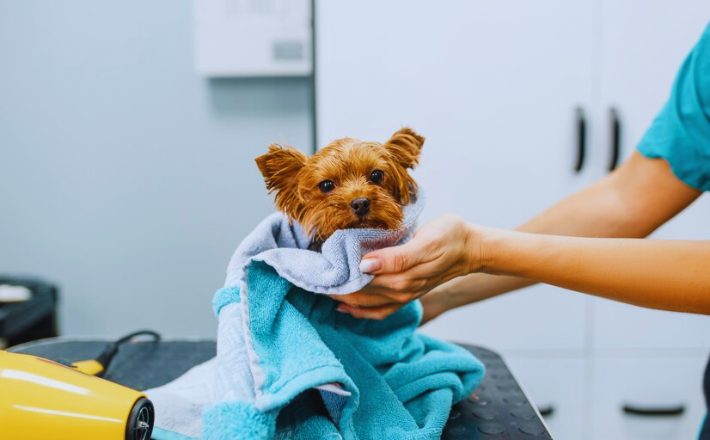
Establishing and following a grooming routine is crucial for the overall well-being of your dog. Neglecting grooming can lead to various health issues, such as skin infections, ear infections, and dental problems.
Not to mention, a dirty and unkempt dog can be unpleasant for both you and your guests. Grooming is also essential for certain breeds, such as poodles and Pomeranians, who require frequent trimming to maintain the shape and health of their coat.
Hence, by following a grooming routine, you are not only ensuring that your dog remains healthy and happy, but you are also strengthening the bond between you and your furry friend. So, next time you pick up your dog’s brush, remember the many benefits of grooming and enjoy this special bonding time with your beloved pet.
You May Also Like..





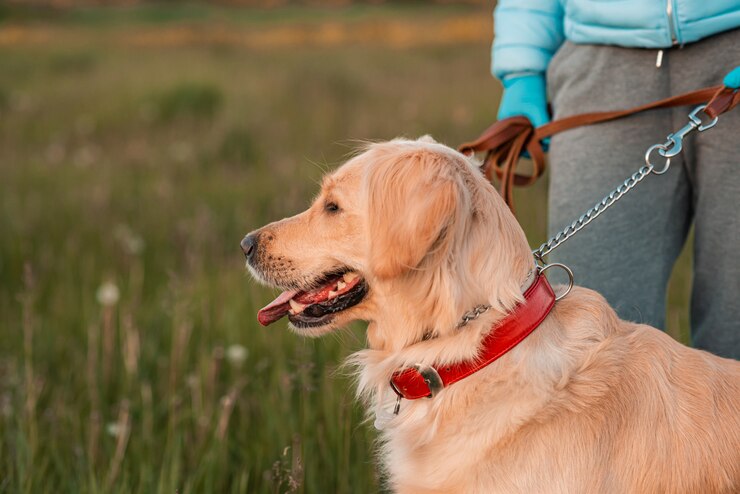
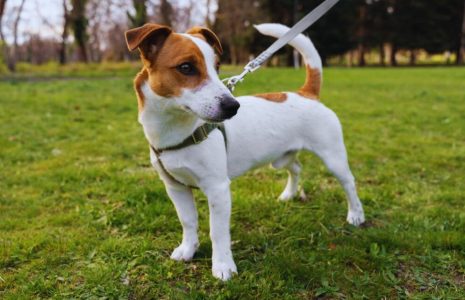
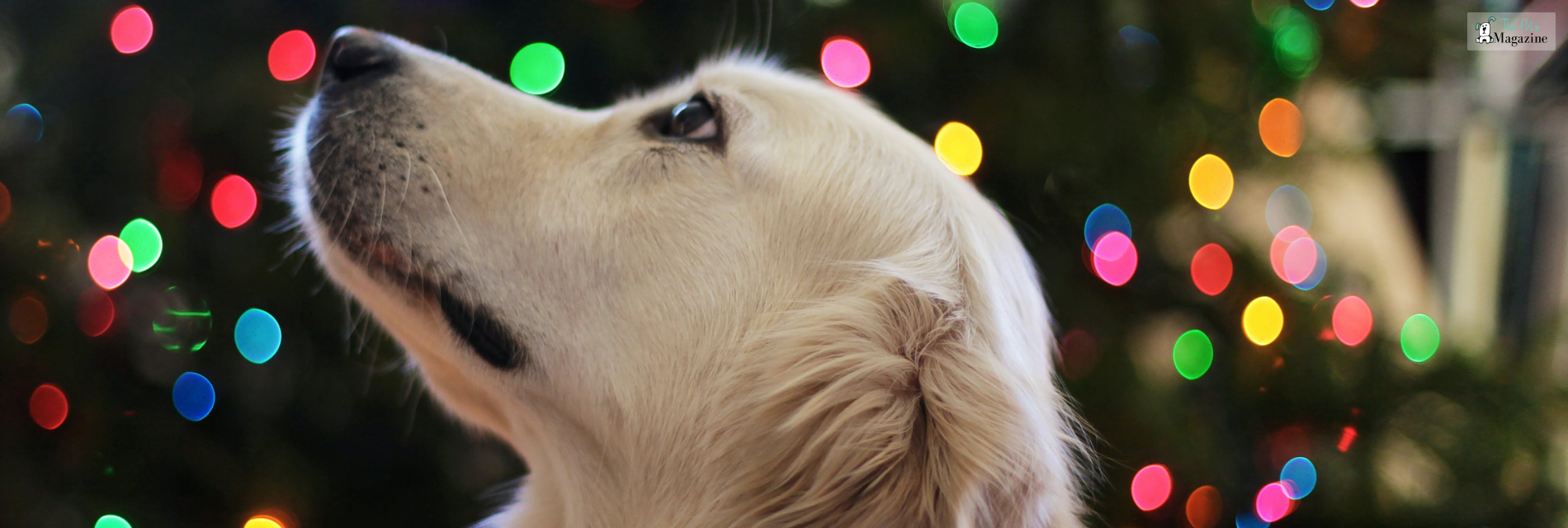
Leave A Comment